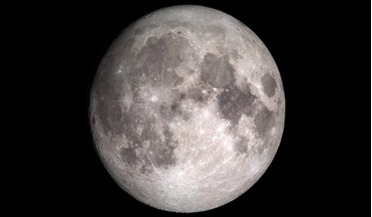 26 February 2018
More water on the Moon than previously thought
26 February 2018
More water on the Moon than previously thought
... to a particular region or type of terrain, but is more widespread after all. Water on the Moon is of intense interest for many reasons because when you split water molecules apart, you end up with oxygen and hydrogen - two critical components...
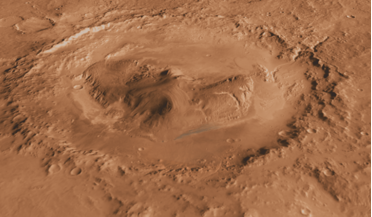 11 May 2020
Martian brines likely to be present, just not habitable says new study
11 May 2020
Martian brines likely to be present, just not habitable says new study
... K (-63.15 degrees Celsius), which is well below the temperature limits for life. Water activity is essentially a measure of how available the liquid water molecules are to biological processes and while salts help to stop a liquid from evaporating...
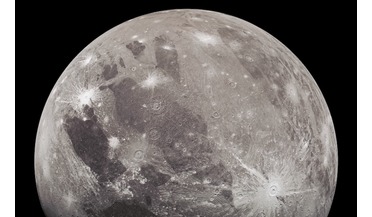 28 July 2021
Hubble helps astronomers find first evidence of water vapour at Ganymede
28 July 2021
Hubble helps astronomers find first evidence of water vapour at Ganymede
... that the ice surface releases (or sublimates) some small amounts of water molecules. In fact, the perceived differences in the UV images are directly correlated with where water would be expected in the moon's atmosphere. "So far only the molecular...
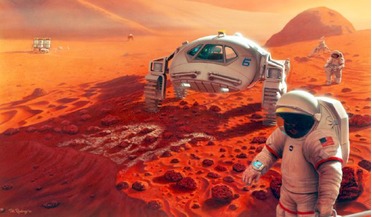 06 March 2019
Growing food from thin air to feed astronauts
06 March 2019
Growing food from thin air to feed astronauts
... called Solein, is made from just carbon dioxide (CO2), water, a small amount of trace elements and electricity. It ... on weather, irrigation or even land; it breaks down water molecules to create hydrogen, mixes it with a sprinkling of nutrients...
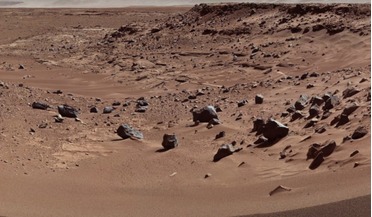 26 April 2021
Microbes could potentially live beneath Mars' surface, new study suggests
26 April 2021
Microbes could potentially live beneath Mars' surface, new study suggests
... holes in the rocks. Before the microbes can “eat” the water, it first needs to be broken down into its constituent parts; hydrogen and oxygen. To rip water molecules apart a chemical reaction with another element is needed and far...
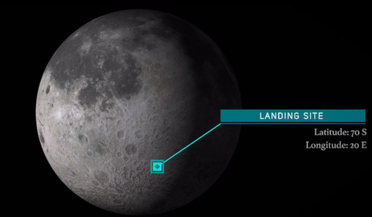 06 September 2019
India's Chandrayaan-2 lander due to touchdown tonight
06 September 2019
India's Chandrayaan-2 lander due to touchdown tonight
...and August 2009 and is best known for helping to discover evidence of water molecules on the moon. Its successor, Chandrayaan-2, will go a few steps... are a prime location for the study of ancient water and ice left over from when comets and meteorites...